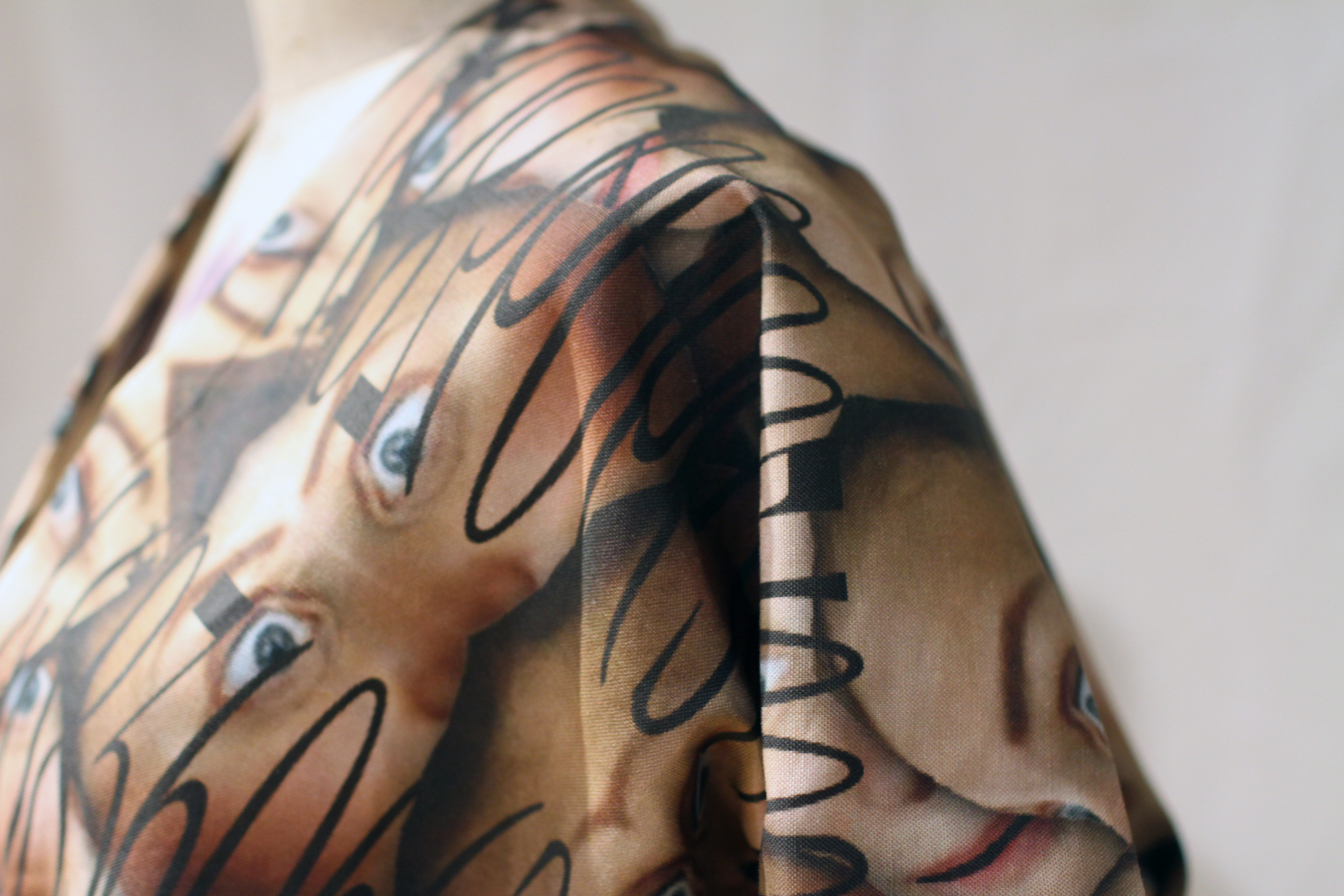Eigenfaces

Eigenfaces (2017) was completed as part of my NYU master’s thesis, which interrogated how self-identity is constructed and negotiated online. For this piece, I explored the “data traces” reflected back at me from my Facebook data.
In the process of developing this project, I thought about Facebook’s practice of passively collecting data about its users. Photos we uploaded to the platform in 2006 were, ten years later, used to power advanced facial recognition features that can successfully identify the faces of its users.
When I downloaded my Facebook data (a feature made available to users in 2017), I discovered that Facebook stores three unique threshold numbers that are unique to me and my face. These numbers are called an eigenface, a set of eigenvectors that are used in the computer vision problem of facial recognition.
I was keen on understanding the meaning behind these numbers: Were they proxies for biometric data? Were they a form of secret knowledge held by Facebook, used to render its users legible? Did these numbers make it easier for Facebook to identify, catalogue, and track me across the platform?
Reflecting on these questions around public/private data, I decided to produce a garment that incorporated those three unique numbers. I digitally printed linen fabric with my unique eigenfaces threshold numbers, all layered on a flattened 3D model of my face. I then constructed a jacket out of the fabric.
In the process of developing this project, I thought about Facebook’s practice of passively collecting data about its users. Photos we uploaded to the platform in 2006 were, ten years later, used to power advanced facial recognition features that can successfully identify the faces of its users.
When I downloaded my Facebook data (a feature made available to users in 2017), I discovered that Facebook stores three unique threshold numbers that are unique to me and my face. These numbers are called an eigenface, a set of eigenvectors that are used in the computer vision problem of facial recognition.
I was keen on understanding the meaning behind these numbers: Were they proxies for biometric data? Were they a form of secret knowledge held by Facebook, used to render its users legible? Did these numbers make it easier for Facebook to identify, catalogue, and track me across the platform?
Reflecting on these questions around public/private data, I decided to produce a garment that incorporated those three unique numbers. I digitally printed linen fabric with my unique eigenfaces threshold numbers, all layered on a flattened 3D model of my face. I then constructed a jacket out of the fabric.


